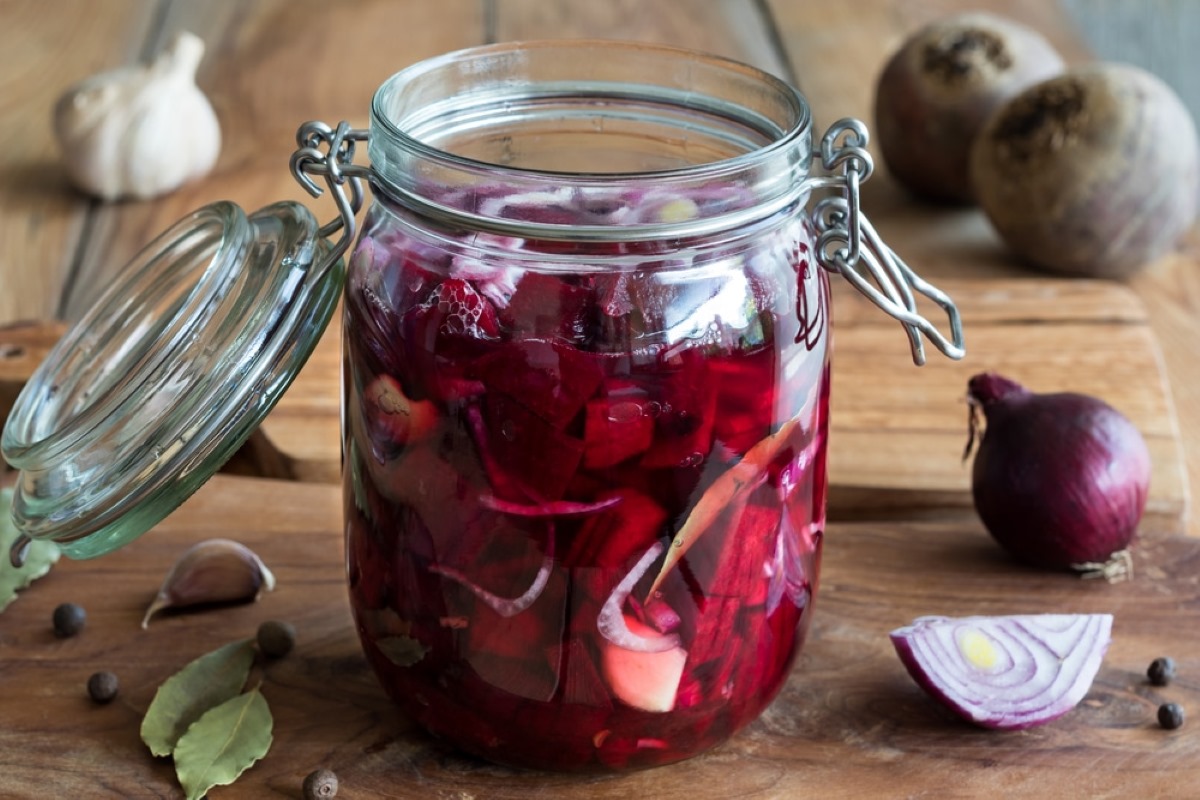

Articles
How To Store Beets After Cooking
Modified: February 24, 2024
Learn how to store beets after cooking in this helpful articles. Keep your cooked beets fresh and flavorful with these storage tips.
(Many of the links in this article redirect to a specific reviewed product. Your purchase of these products through affiliate links helps to generate commission for Storables.com, at no extra cost. Learn more)
Introduction
Beets are a versatile and nutritious vegetable that can be enjoyed in a variety of dishes, including salads, soups, and side dishes. Whether you’ve cooked a large batch of beets or are looking for ways to store your leftovers, knowing the proper storage methods will help ensure that your beets stay fresh and flavorful for as long as possible.
Proper storage is essential to maintain the quality and taste of cooked beets. By following the right techniques, you can extend their shelf life and preserve their vibrant colors and nutrients.
In this article, we will explore various methods of storing cooked beets to help you make the most of this delicious vegetable.
Key Takeaways:
- Properly cooling cooked beets before storage is crucial to maintain their texture and flavor, preventing moisture buildup and bacterial growth.
- Experiment with various storage methods such as refrigeration, freezing, canning, and pickling to find the best way to preserve the flavor and quality of cooked beets.
Read more: How To Store Beets After Picking
The Importance of Proper Storage
Proper storage of cooked beets is crucial to maintain their taste, texture, and nutritional value. Without proper storage, beets can spoil quickly, leading to a loss of flavor and potential food waste. Here are a few key reasons why proper storage is important:
- Preserving freshness: Cooked beets are highly perishable and can lose their freshness if not stored correctly. Storing beets properly helps retain their natural flavors and textures, ensuring you can enjoy them for longer periods.
- Maintaining nutritional value: Beets are packed with essential vitamins, minerals, and antioxidants. Proper storage prevents nutrient loss, allowing you to reap the full health benefits of consuming beets.
- Preventing spoilage and wastage: Storing cooked beets properly helps prevent spoilage and wastage. By knowing the right techniques, you can prolong their shelf life and reduce food waste in your kitchen.
By understanding the importance of proper storage, you can ensure that your cooked beets stay fresh and delicious for an extended period. Let’s explore different methods of storing cooked beets to help you make the most out of this nutritious vegetable.
Cooling Beets
Before storing cooked beets, it’s important to let them cool down to room temperature. Cooling the beets properly is a crucial step that helps maintain their texture and flavor during storage.
Here’s how you can properly cool cooked beets:
- Remove the cooked beets from the heat source and place them on a clean plate or cutting board.
- Allow the beets to cool down naturally for about 20-30 minutes. Avoid placing them in the refrigerator immediately after cooking, as the sudden temperature change can cause the beets to become mushy.
- Once cooled, you can proceed with storing the beets using one of the methods discussed below.
Remember, cooling the beets before storage helps prevent moisture buildup, which can lead to spoilage. By following this simple step, you can help ensure that your cooked beets retain their quality and taste throughout the storage period.
Storing Beets in the Refrigerator
If you plan to use your cooked beets within a few days, storing them in the refrigerator is an excellent option. The cool temperature of the fridge helps slow down the bacterial growth and maintain the freshness of the beets.
- Ensure that the beets are cooled down to room temperature before storing them in the refrigerator. Placing hot beets in the fridge can create condensation, leading to moisture buildup and potential spoilage.
- Wrap individual beets in plastic wrap or keep them in an airtight container to prevent them from drying out or absorbing odors from other food items in the fridge.
- If you have a large batch of beets, consider storing them in a sealed container or Ziploc bag to keep them fresh and organized in the fridge.
- Label the containers or bags with the date of storage to keep track of the freshness of the beets.
- Place the beets in the crisper drawer or in a designated area of the refrigerator where they won’t get squashed or exposed to other foods.
When properly stored in the refrigerator, cooked beets can last for up to 5-7 days. However, it’s best to consume them within the first few days for optimal taste and texture.
Note: If you notice any signs of spoilage, such as a slimy texture, unpleasant odor, or discoloration, it’s best to discard the beets to avoid foodborne illnesses.
Storing cooked beets in the refrigerator is a convenient option if you plan to use them in salads, sandwiches, or as a side dish. It allows you to have ready-to-eat beets on hand, saving you time and effort in the kitchen.
Freezing Beets
If you have a surplus of cooked beets or want to extend their shelf life for a longer period, freezing them is an excellent option. Freezing preserves the texture, flavor, and nutritional value of the beets, allowing you to enjoy them at a later time.
Here’s how you can freeze cooked beets:
- Allow the beets to cool completely after cooking and remove any excess moisture by patting them dry with a clean towel.
- Peel the beets and cut them into your desired size or shape. You can slice them, dice them, or leave them whole, depending on your preference.
- Place the chopped or whole beets on a baking sheet lined with parchment paper. Make sure the beets are not touching each other to prevent them from freezing together.
- Put the baking sheet in the freezer and let the beets freeze individually for a few hours or until they are firm.
- Once the beets are frozen, transfer them into airtight freezer bags or containers. Make sure to squeeze out any excess air before sealing the bags or containers.
- Label the bags or containers with the date of freezing to keep track of their freshness.
- Return the beets to the freezer and store them for up to 10-12 months.
When you’re ready to use the frozen beets, simply thaw them in the refrigerator overnight or defrost them in the microwave for a quick thawing process.
Keep in mind that frozen beets may have a slightly softer texture compared to fresh beets when thawed. However, they are still excellent for adding to soups, stews, or as a roasted vegetable side dish.
Freezing cooked beets is a great way to prevent waste and always have this nutritious vegetable on hand whenever you need it. It’s a convenient method that allows you to enjoy the taste of fresh beets even after an extended period of time.
After cooking beets, let them cool to room temperature, then store them in an airtight container in the refrigerator for up to 5 days. This will help maintain their freshness and flavor.
Read more: How To Store Beets After Harvest
Canning Beets for Long-Term Storage
If you’re looking for a method to store cooked beets for an extended period without the need for refrigeration or freezing, canning is the perfect solution. Canning preserves the beets by sealing them in airtight jars, allowing them to maintain their flavor and quality for months.
Here’s a step-by-step guide on how to can beets:
- Start by preparing your beets. Wash them thoroughly and remove the greens, leaving about an inch of the stems intact.
- Boil the beets in a large pot of water until they are tender. The exact cooking time will vary depending on the size and freshness of the beets.
- Once the beets are cooked, drain the water and allow them to cool slightly. Then, peel the beets. The skin should easily slide off at this point.
- Slice or dice the beets into your desired size and set them aside.
- Prepare your canning jars by washing them with hot, soapy water and sterilizing them in boiling water or using a dishwasher on the sterilize setting.
- In a large pot, prepare a brine solution by combining water, vinegar, and salt. Bring the brine to a boil.
- Place the sliced or diced beets into the canning jars, leaving about an inch of headspace at the top.
- Pour the hot brine over the beets, ensuring that all the beets are fully submerged.
- Remove any air bubbles by running a clean knife or spoon along the sides of the jar.
- Wipe the rims of the jars clean with a damp cloth and seal them with the lids and rings.
- Process the jars in a water bath canner for the recommended time according to your altitude and jar size. This will ensure proper sealing and preservation.
- After processing, carefully remove the jars from the canner and allow them to cool on a towel or rack.
- Check the seals of the jars by pressing down on the center of the lids. If they do not flex or make a popping sound, the jars are properly sealed.
- Label the jars with the date and store them in a cool, dark place such as a pantry or cellar.
Canned beets can be stored for up to a year or more if stored properly. They can be enjoyed on their own, added to salads, or used in various recipes whenever you desire.
Canning beets is a wonderful way to preserve their freshness and savor their sweet and earthy flavors long after the harvest season has ended.
Pickling Beets
One of the tastiest and most versatile ways to store cooked beets is by pickling them. Pickled beets not only have a tangy and zesty flavor but also have a long shelf life, making them a great addition to your pantry.
Here’s how you can pickle your cooked beets:
- Start by preparing your beets. Wash them thoroughly and remove the greens, leaving about an inch of the stems intact.
- Boil the beets in a large pot of water until they are tender. The cooking time will vary depending on the size and freshness of the beets.
- Once the beets are cooked, drain them and let them cool slightly. Then, peel off the skin, which should easily come off at this stage.
- Slice or dice the beets to your desired size and set them aside.
- In a saucepan, combine equal parts vinegar and water, along with sugar, salt, and any additional spices or herbs of your choice. Bring the mixture to a boil, stirring until the sugar and salt have dissolved.
- Place the sliced or diced beets into sterilized jars, leaving about an inch of headspace.
- Pour the hot pickling liquid over the beets, making sure they are fully submerged.
- Remove any air bubbles by running a clean knife or spatula along the sides of the jar.
- Wipe the jar rims clean with a damp cloth and seal them with the lids.
- Allow the jars to cool completely before transferring them to the refrigerator.
- Let the beets pickle in the refrigerator for at least 24 hours before consuming. The longer they sit, the more flavorful they become.
Pickled beets can be stored in the refrigerator for several months. They make a delicious addition to salads, sandwiches, or as a tangy and flavorful side dish.
Experiment with different flavor combinations by adding spices like cloves, cinnamon, or dill, or incorporating ingredients like onions or garlic for extra depth of flavor. The options are endless when it comes to pickling beets!
So, if you’re looking for a tasty and long-lasting solution for storing cooked beets, pickling is the way to go. It not only enhances the flavor of the beets but also adds a vibrant and colorful touch to your culinary creations.
Storing Cooked Beets in the Pantry
If you don’t have access to a refrigerator or prefer not to freeze or pickle your cooked beets, storing them in the pantry can be a viable option. While it’s not the longest-lasting storage method, it can work well for short-term preservation.
Here’s how you can store cooked beets in the pantry:
- Ensure that the beets are cooled down to room temperature before storing them in the pantry.
- Place the cooked beets in a clean, airtight container or resealable plastic bag, removing as much air as possible.
- Store the container or bag in a cool and dry area of your pantry, away from direct sunlight.
- Check the beets periodically for any signs of spoilage, such as mold, discoloration, or an off odor. If you notice any of these, discard the beets immediately.
While storing cooked beets in the pantry can keep them edible for a few days, it’s important to note that they won’t have the same longevity as other storage methods like refrigeration or freezing. Therefore, it’s advisable to consume them within a few days to ensure the best quality and taste.
If you plan to store a large batch of beets for an extended period, it’s recommended to consider other storage methods, such as refrigeration, freezing, canning, or pickling, for better preservation and longevity of the beets.
Storing cooked beets in the pantry is a convenient option for short-term storage and can be suitable if you plan to use them within a few days. It’s important to monitor them closely to prevent spoilage and ensure their freshness.
Tips for Extended Beet Storage
If you’re looking to extend the storage life of cooked beets, whether they are refrigerated, frozen, pickled, or stored in the pantry, here are some helpful tips to keep in mind:
- Properly cool the beets: Before storing cooked beets, make sure they are cooled down to room temperature. Cooling them helps prevent moisture buildup and potential bacterial growth.
- Use airtight containers: When storing beets in the refrigerator or pantry, choose airtight containers, resealable bags, or jars with tight-fitting lids. This will help keep out air and moisture, which can accelerate spoilage.
- Label and date: Always label your containers, bags, or jars with the date of storage. This will help you keep track of their freshness and ensure you use the oldest beets first.
- Store away from ethylene-producing fruits: Beets are sensitive to ethylene gas, which can speed up their spoilage. Keep them away from ethylene-producing fruits like apples, bananas, and tomatoes to prolong their freshness.
- Rotate stored beets: If you have multiple batches of cooked beets in storage, it’s a good idea to rotate them. Use the older ones first to maintain their quality and avoid any waste.
- Keep an eye on spoilage signs: Regularly inspect your stored beets for any signs of spoilage, such as mold, sliminess, odd odors, or discoloration. If you notice any of these signs, discard the beets to prevent foodborne illnesses.
- Monitor temperature and humidity: Pay attention to the temperature and humidity levels in your storage area. Beets prefer cool and dry conditions, so aim to keep the storage environment stable and free from excessive moisture.
- Practice proper hygiene: Always handle cooked beets with clean hands and use clean utensils and containers for storage. This will help prevent contamination and maintain the quality of the stored beets.
- Frequent use: If you’re not planning to store beets for an extended period, consider using them in various recipes more frequently. This will minimize the need for long-term storage and ensure the freshest taste.
- Experiment with different storage methods: Different storage methods can yield different results in terms of flavor and texture. Don’t be afraid to try out various techniques like refrigeration, freezing, canning, or pickling to find the one that suits your preferences best.
By following these tips, you can maximize the storage life of cooked beets and enjoy them for an extended period. Remember, proper storage and monitoring are key to maintaining their quality and flavor.
Read more: How To Store Red Beets
Conclusion
Cooked beets are a delicious and nutritious vegetable that can be enjoyed in various dishes. Knowing the proper storage methods for cooked beets is essential to maintain their freshness, taste, and nutritional value.
In this article, we covered several storage techniques for cooked beets, including refrigeration, freezing, canning, pickling, and pantry storage. Each method offers its own benefits and considerations, allowing you to choose the one that suits your needs and preferences.
Refrigerating cooked beets is a convenient option for short-term storage, while freezing allows you to enjoy them throughout the year. Canning and pickling are excellent methods for long-term storage, preserving the flavor and quality of the beets for extended periods. Pantry storage can be suitable for short-term use, but be aware that beets stored in the pantry have a limited shelf life.
Regardless of the storage method you choose, it’s important to properly cool the beets before storing them, use airtight containers, monitor for signs of spoilage, and practice good hygiene throughout the process.
By following the tips and techniques shared in this article, you can make the most out of your cooked beets, minimize food waste, and enjoy their vibrant colors, flavors, and nutritional benefits for as long as possible.
So whether you’re making a hearty beet salad, a comforting beet soup, or a flavorful side dish, with the right storage practices, your cooked beets will always be ready to add a nutritious and delicious touch to your meals.
Frequently Asked Questions about How To Store Beets After Cooking
Was this page helpful?
At Storables.com, we guarantee accurate and reliable information. Our content, validated by Expert Board Contributors, is crafted following stringent Editorial Policies. We're committed to providing you with well-researched, expert-backed insights for all your informational needs.
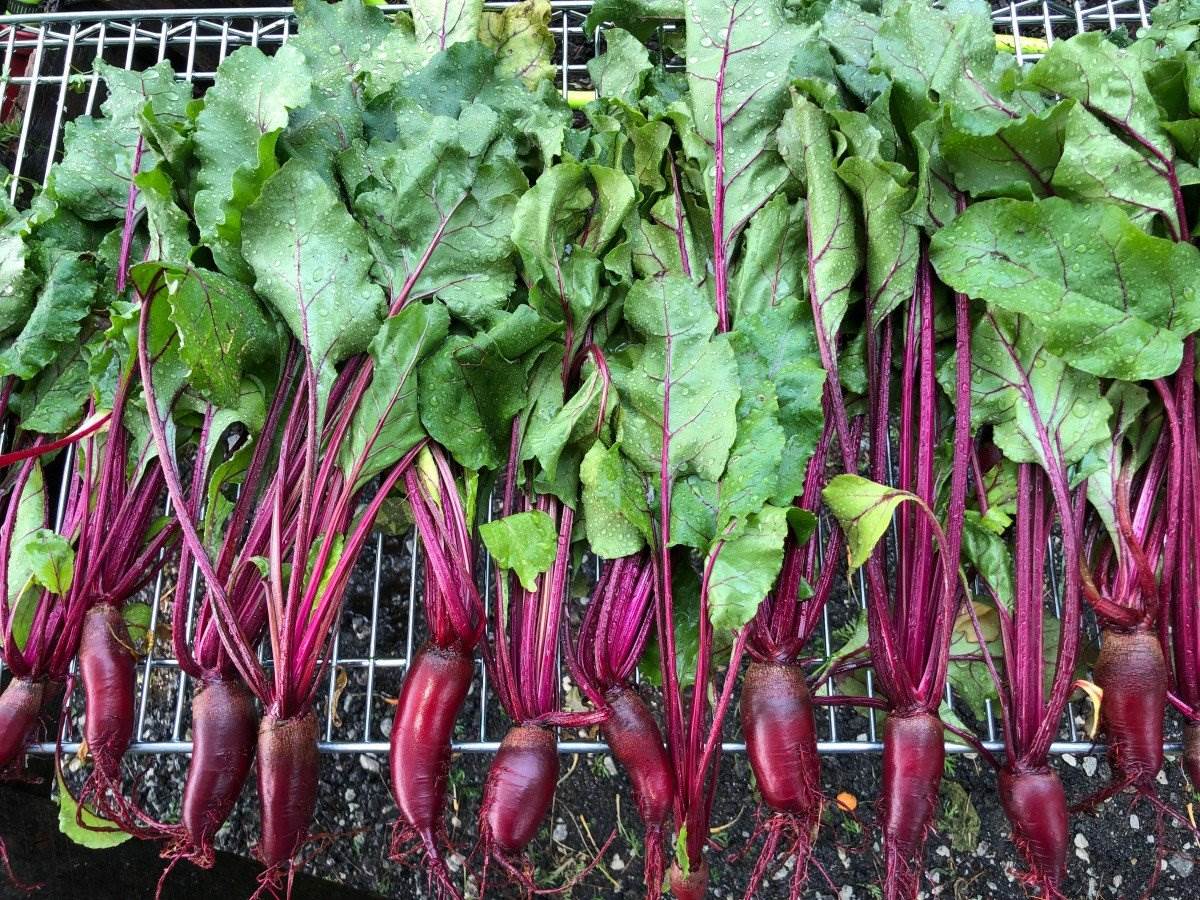
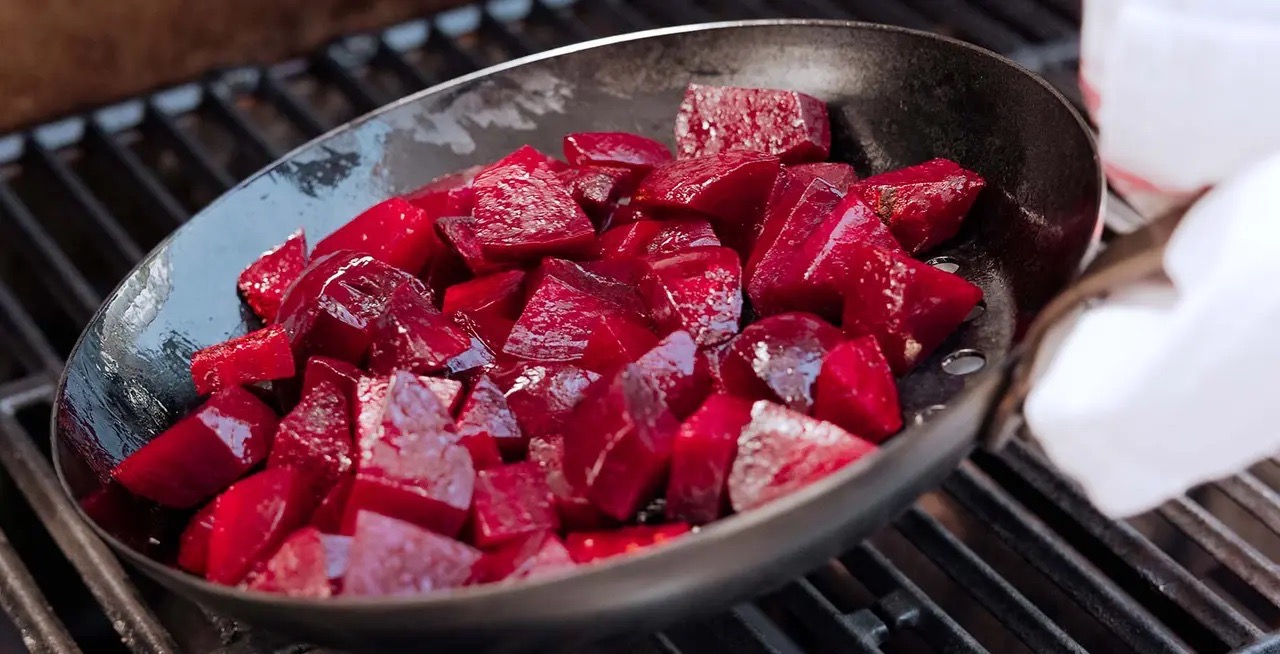
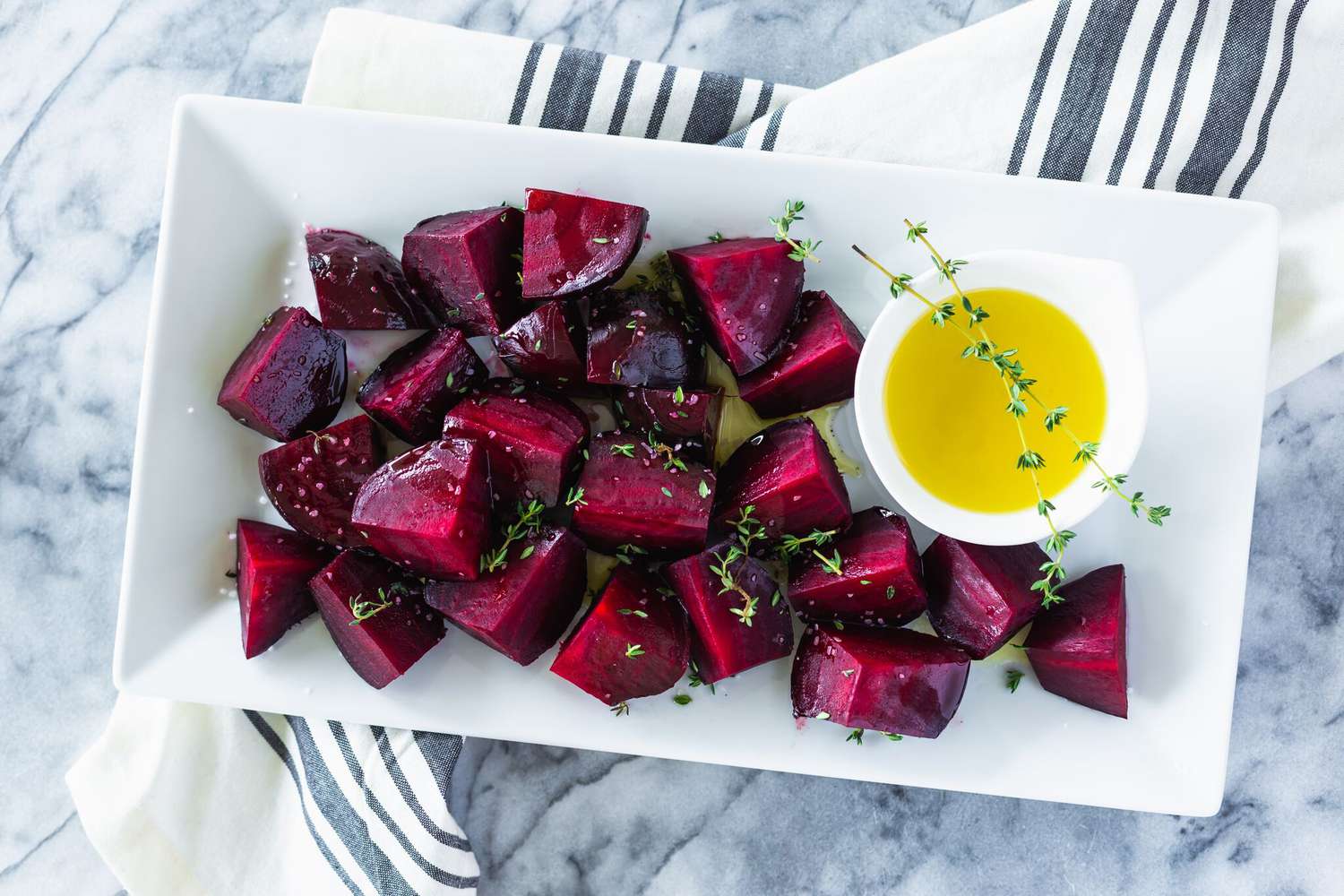
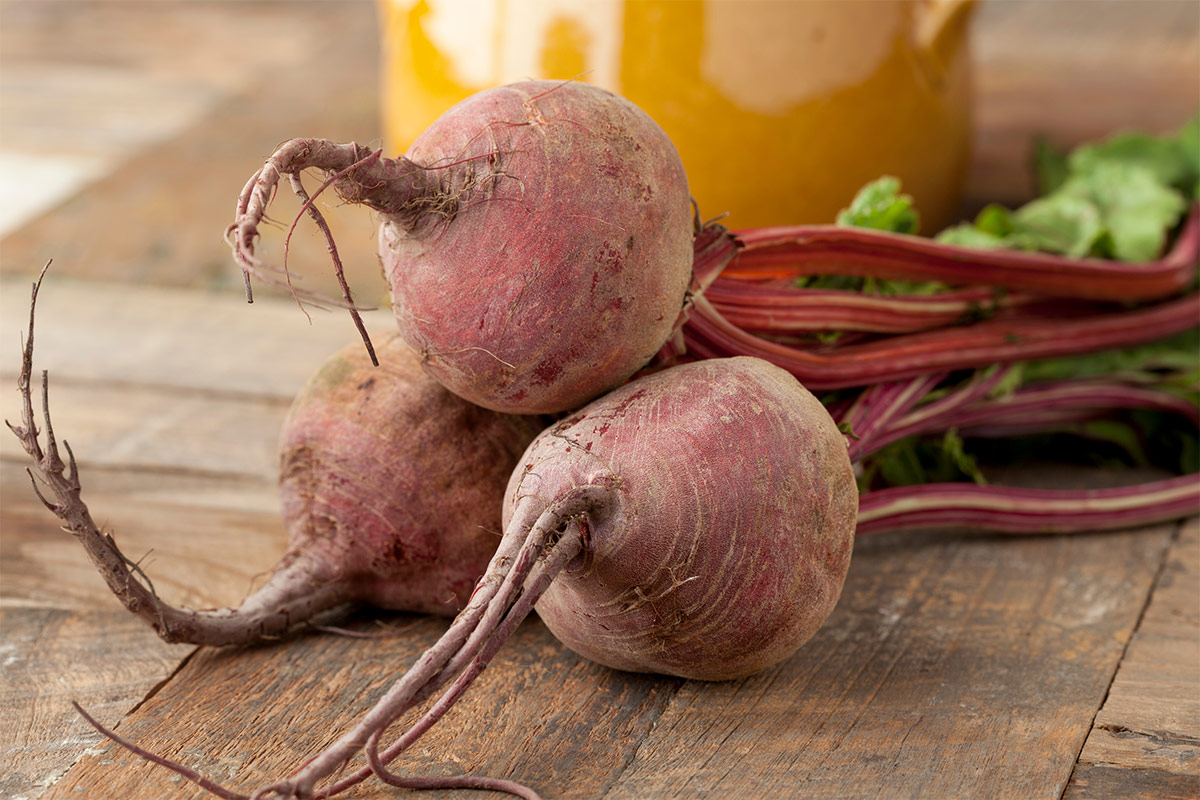
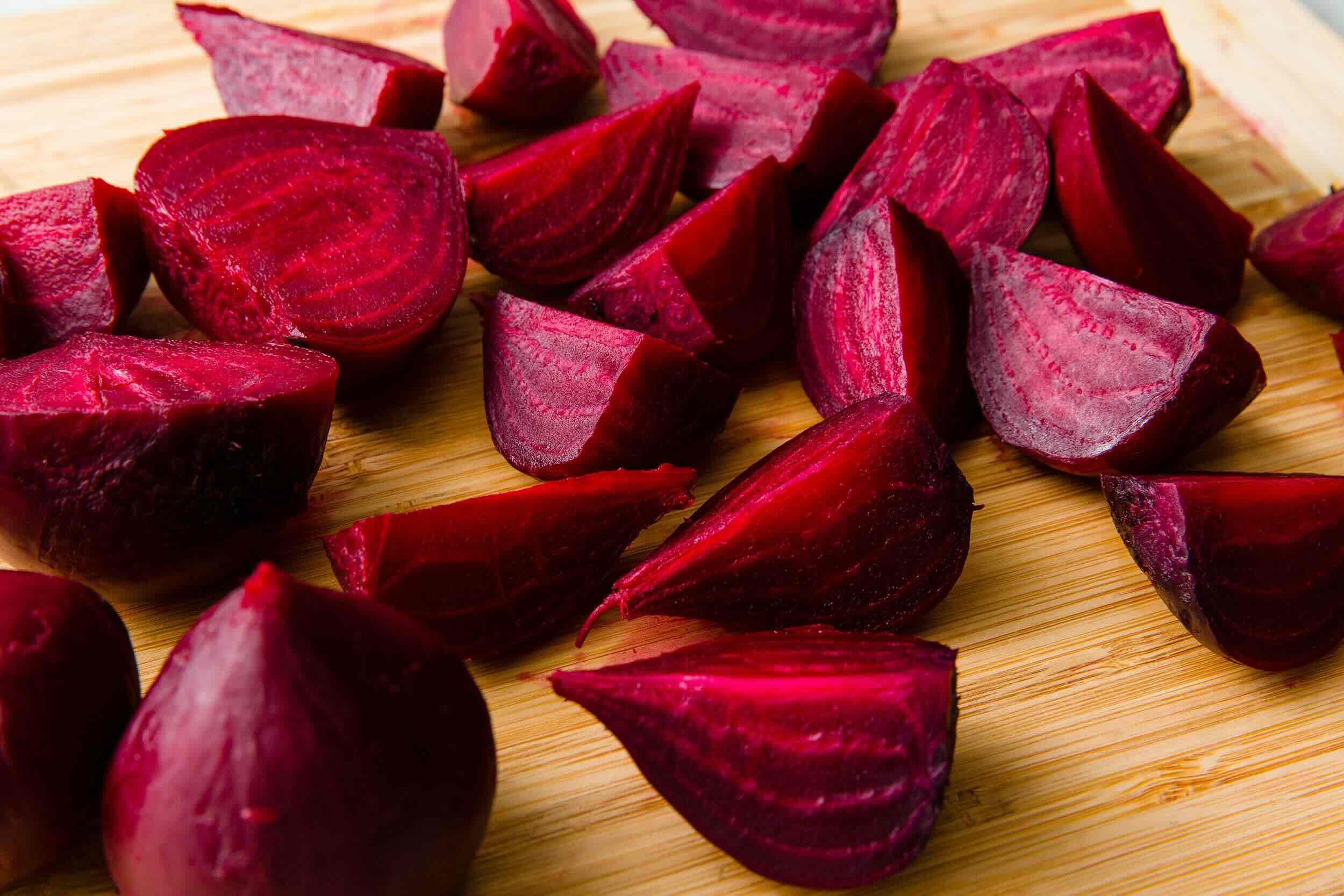
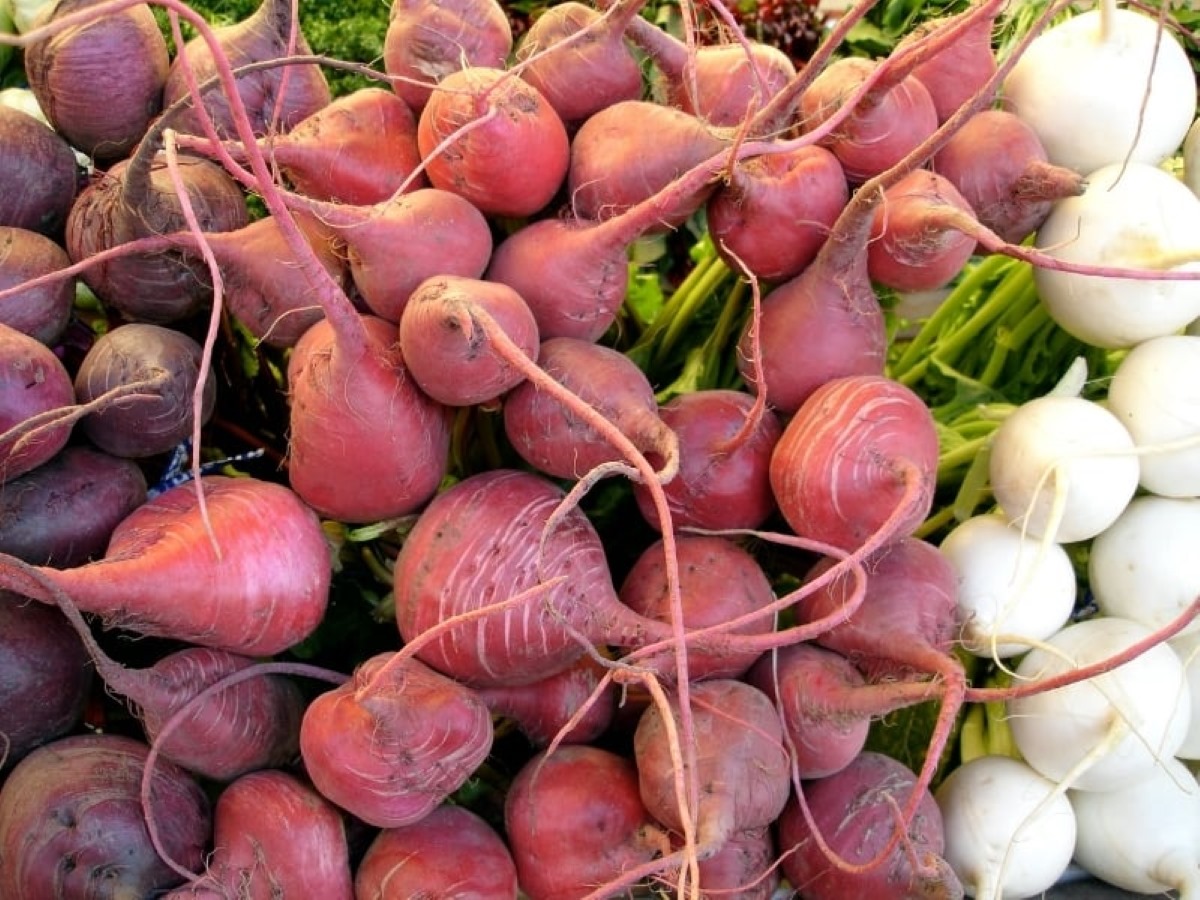
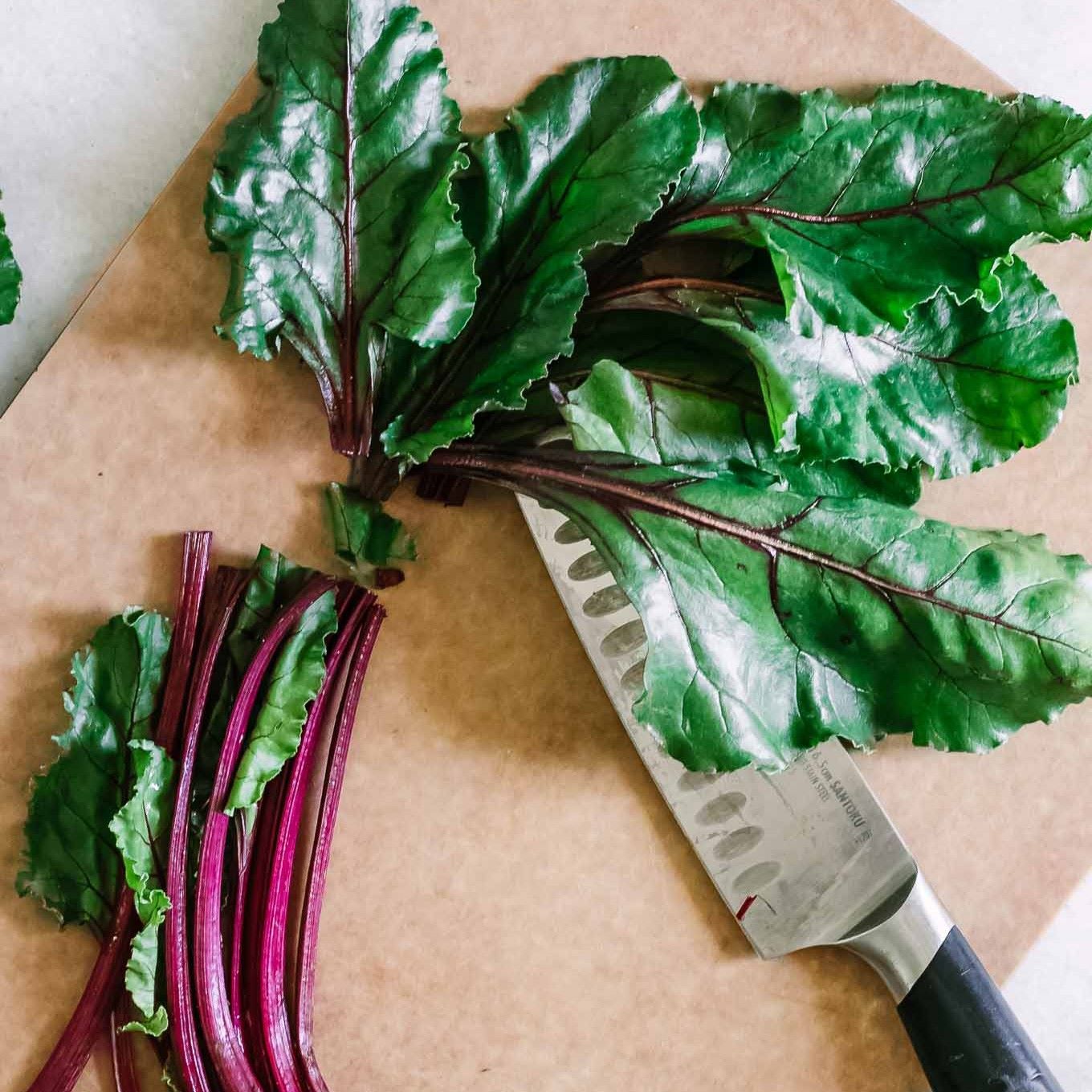
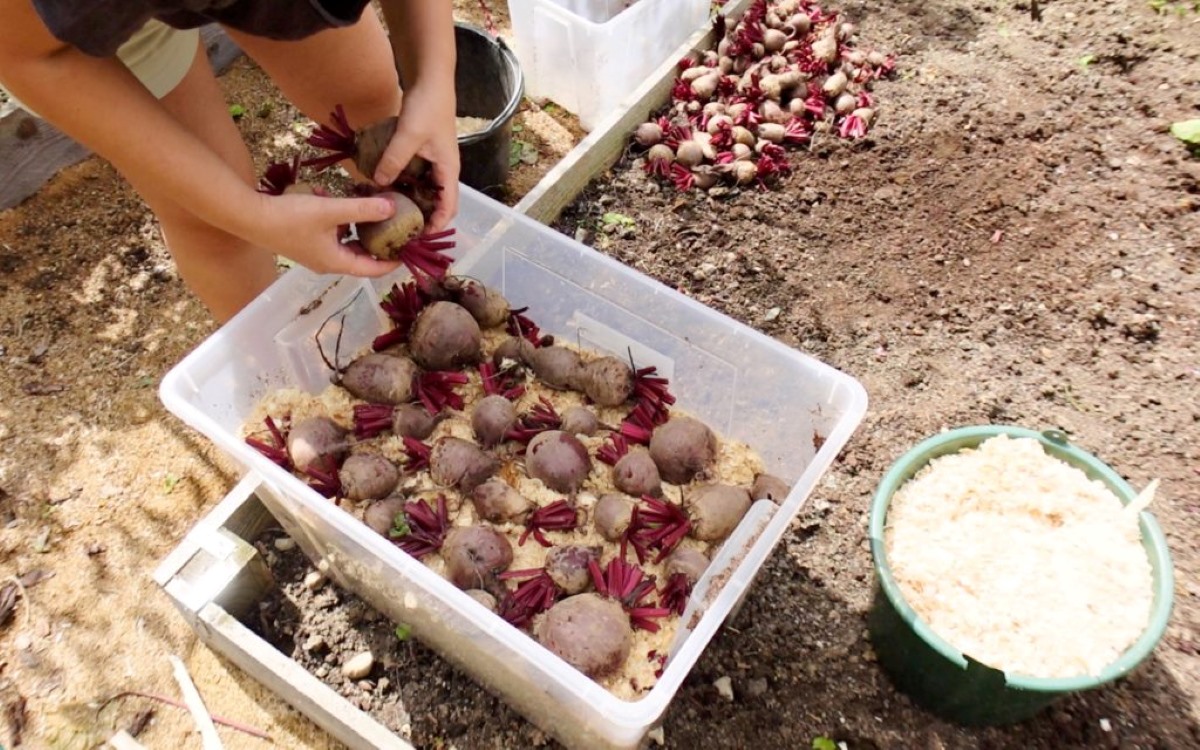
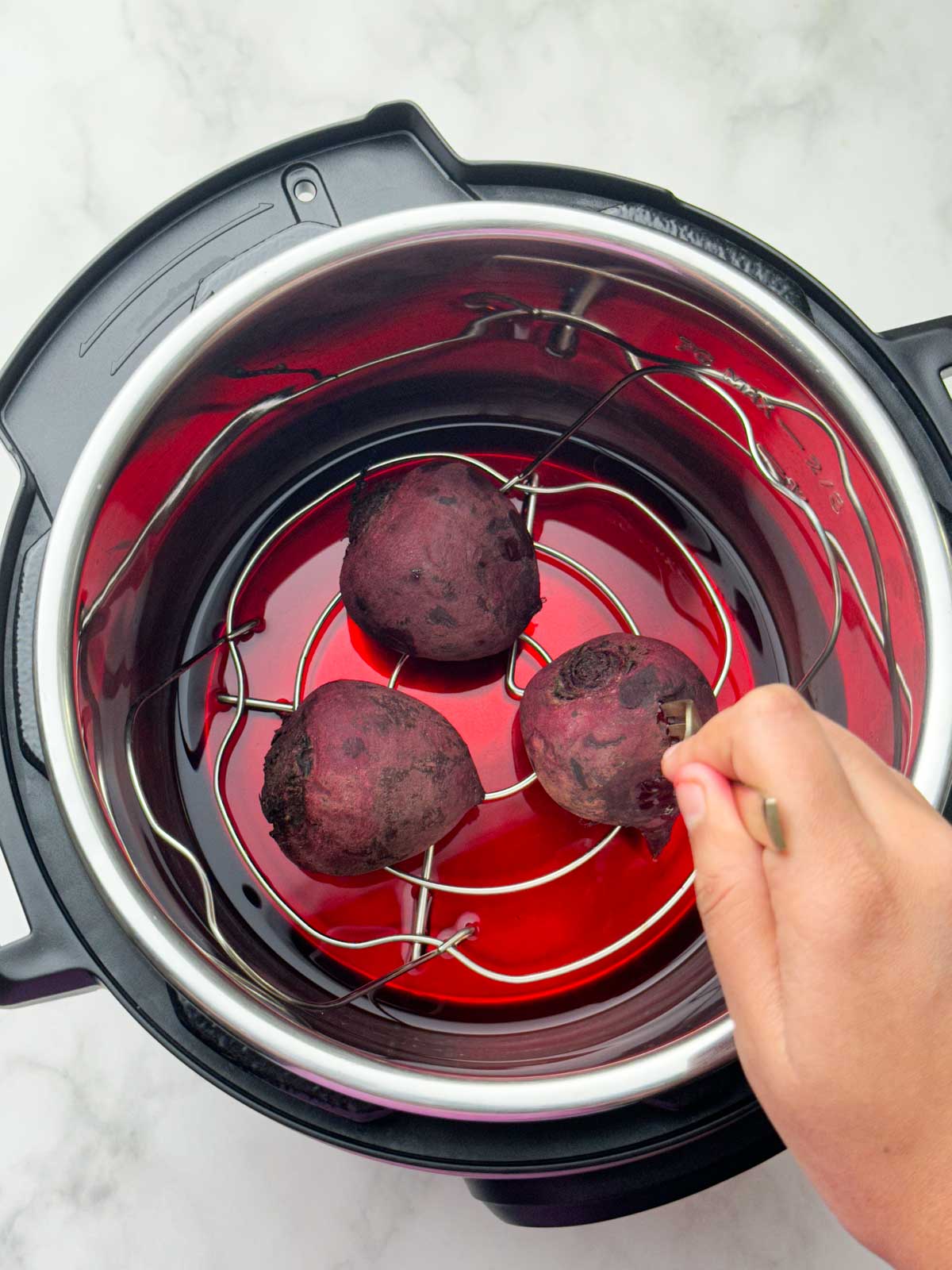
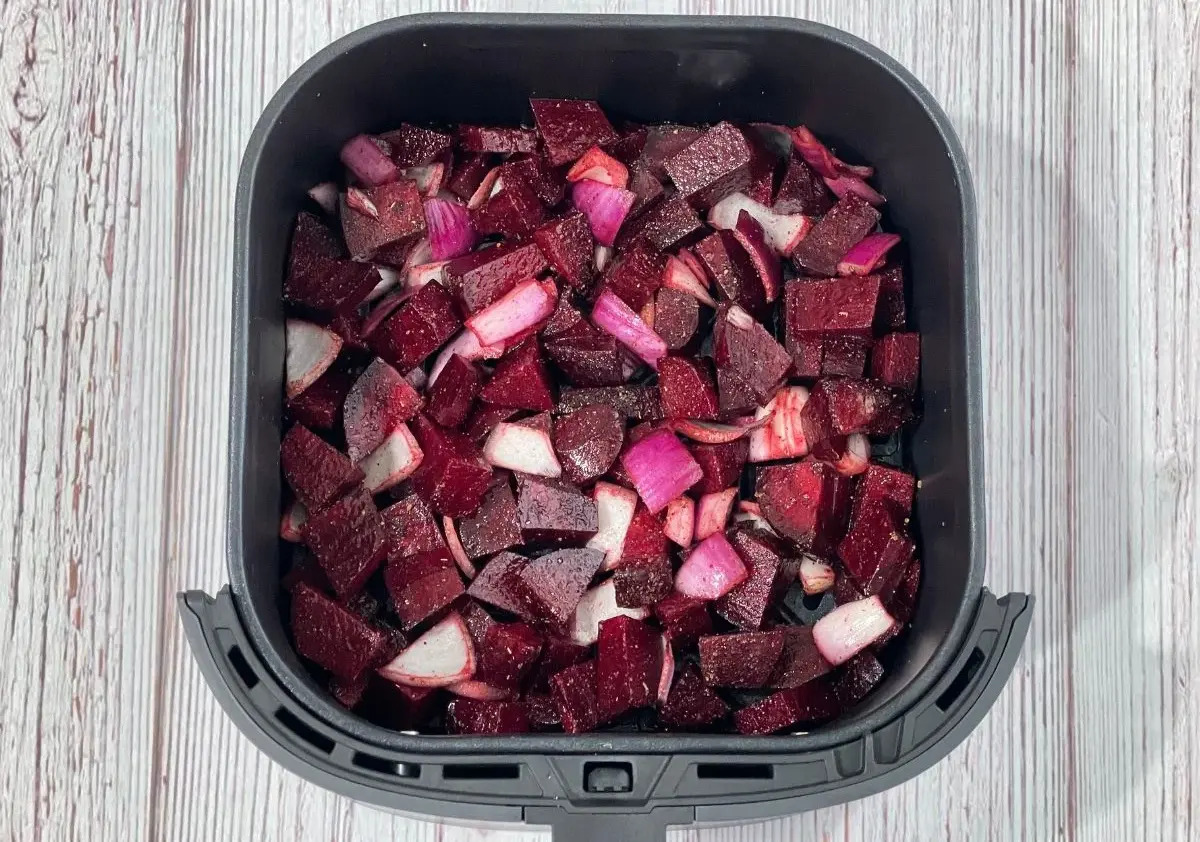
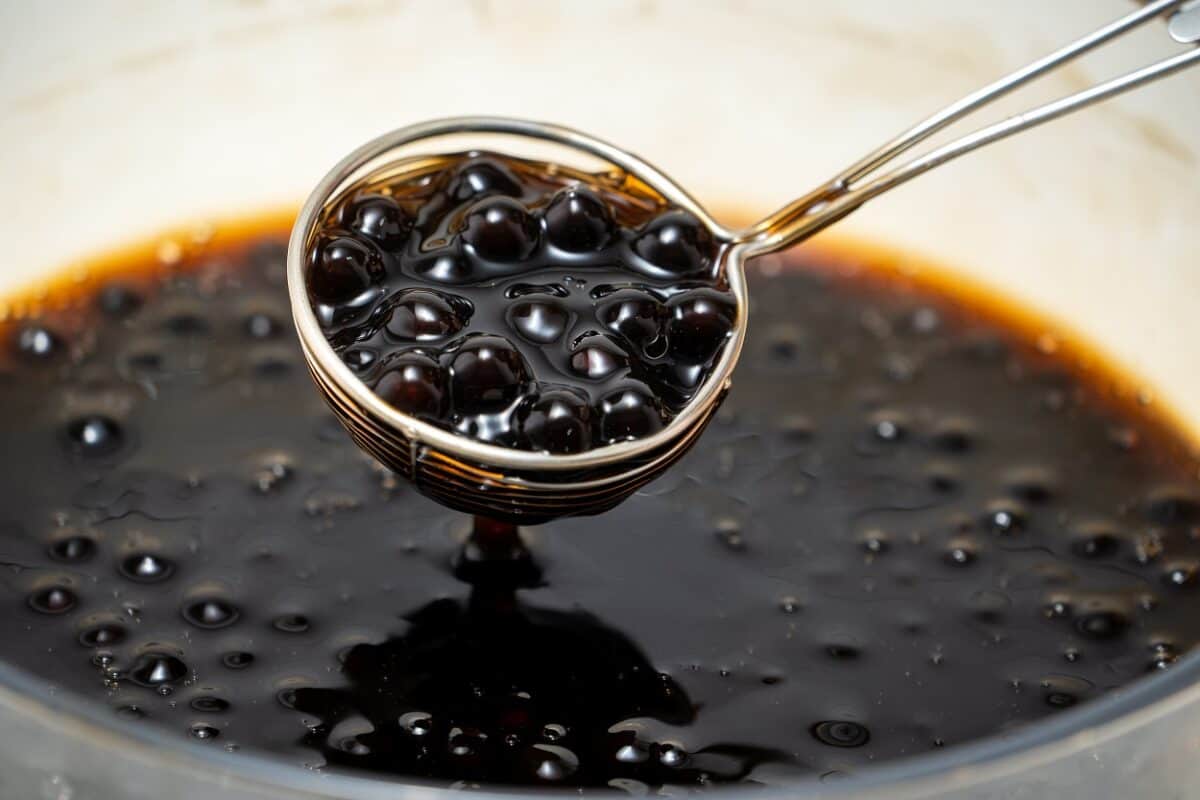
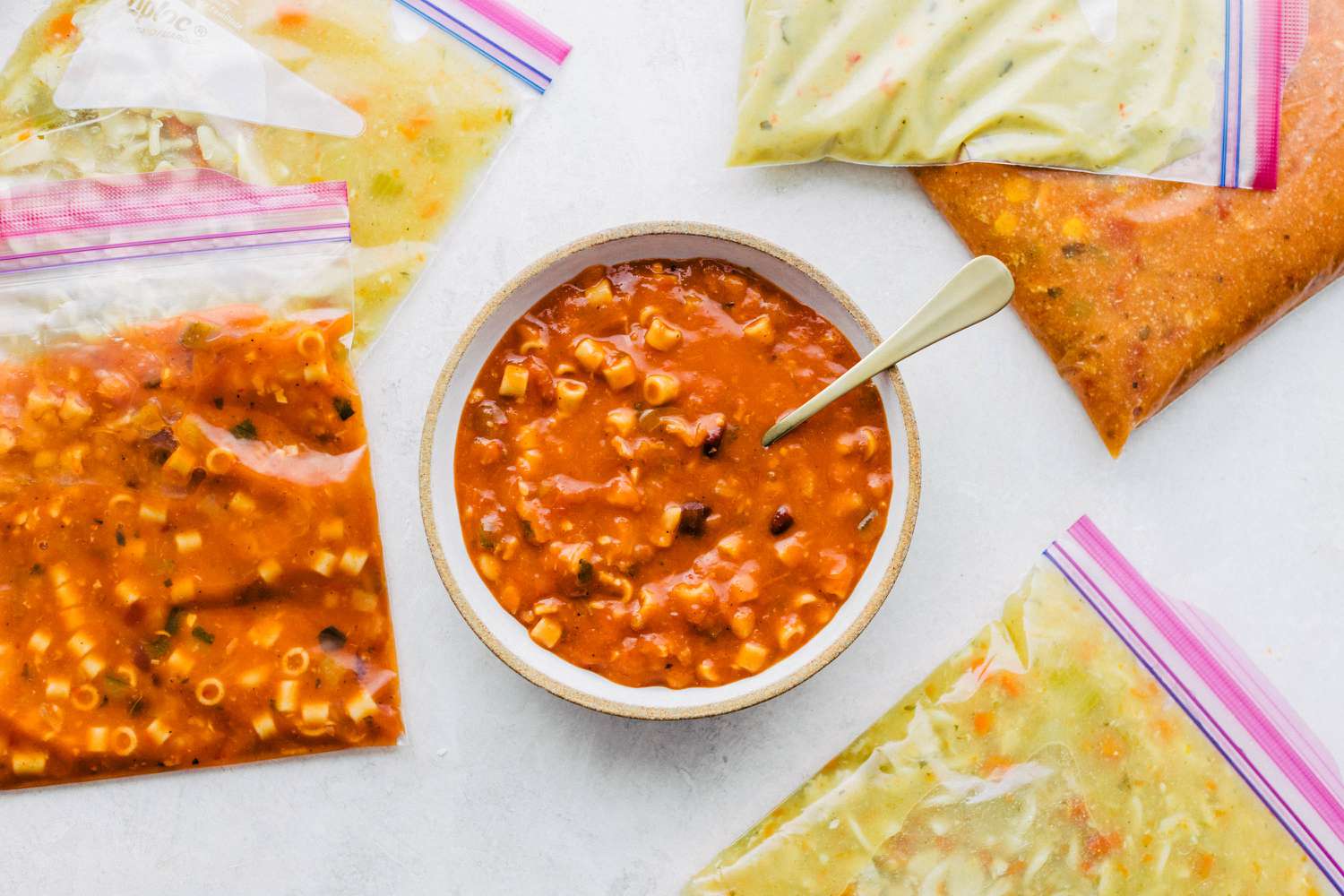
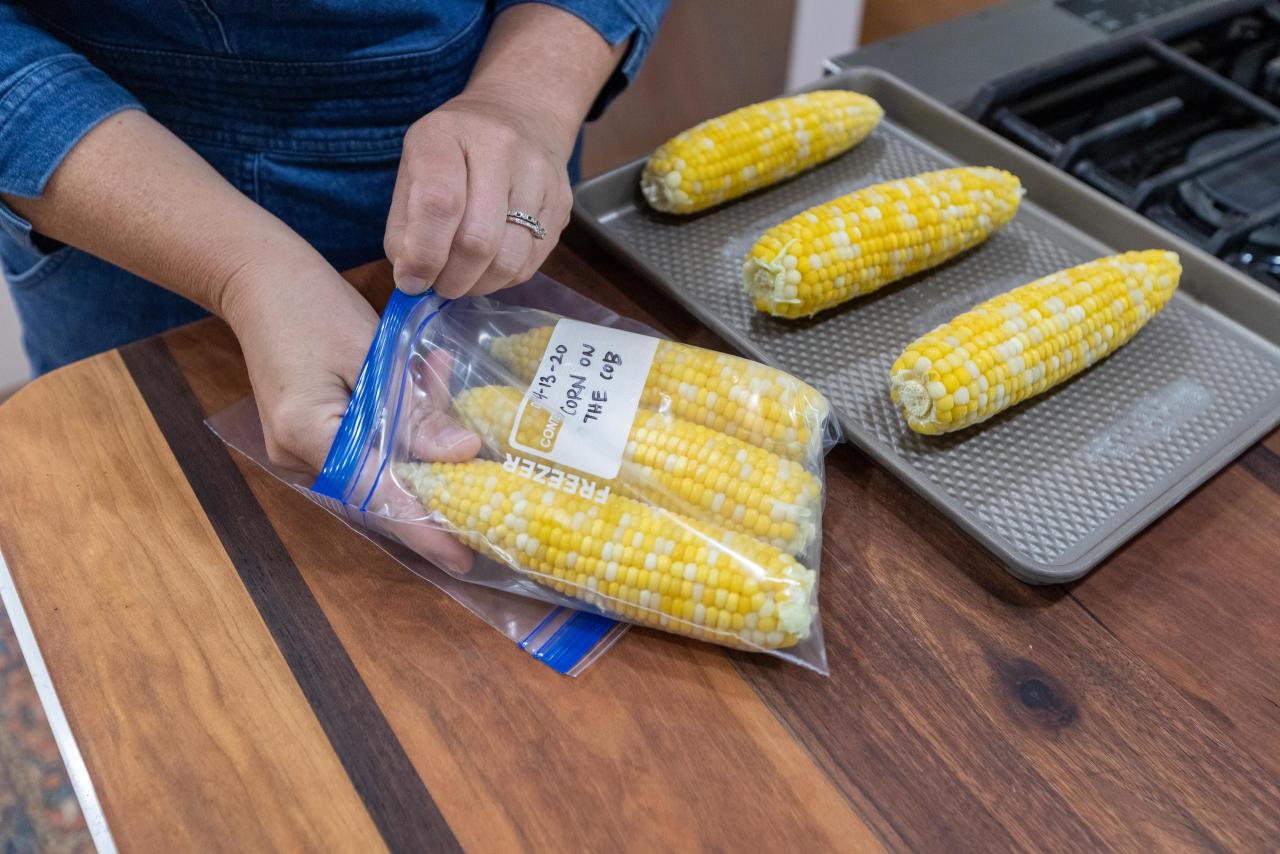

0 thoughts on “How To Store Beets After Cooking”